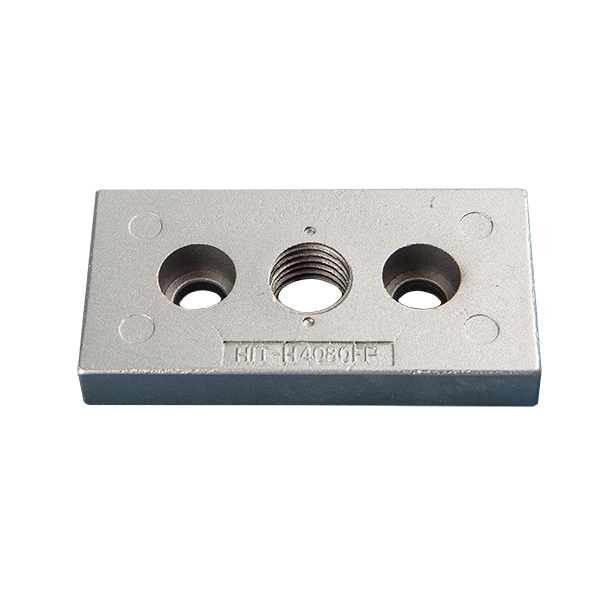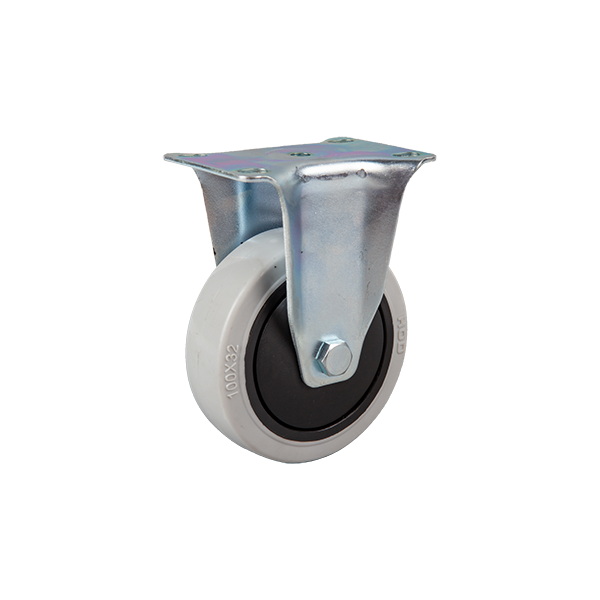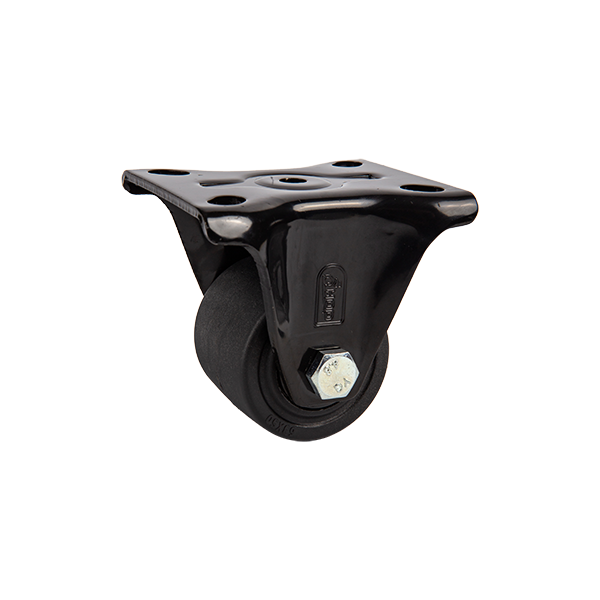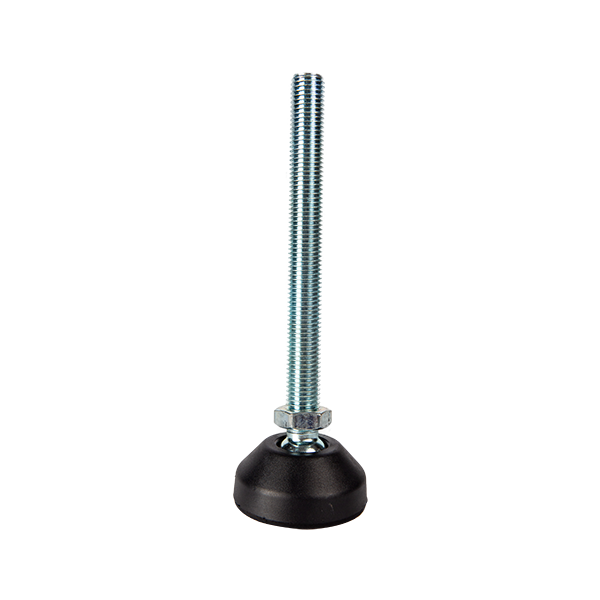Automated Warehouse Technical Applications
In automated warehouses, equipment requires high-speed transport, heavy load operation, precise positioning, and low vibration. HICKWALL’s Mecanum wheels, AGV/AMR wheels, OHT wheels, industrial casters, leveling mounts, and aluminum extrusion accessories are widely used in AGV transporters, intelligent storage racks, sorting systems, and overhead conveyor systems, providing efficient, safe, and stable logistics solutions.
Technical Product Highlights
1. Mecanum Wheels
Omnidirectional movement: supports X/Y axes and rotation for flexible transport
Load capacity: 50~1500 kg/wheel
Low friction PU surface for higher efficiency
Low vibration design minimizes load swaying
Wear-resistant & ESD-safe for extended service life
2. AGV/AMR Wheels
Heavy load capacity: 200~1000 kg/wheel
Low rolling resistance & precision bearings improve battery efficiency
Wheel material: PU or TPU, wear-resistant & chemical-resistant
Dustproof & ESD-safe for sensitive electronics
3. OHT Wheels
Designed for overhead transport & suspension conveyors
High wear & corrosion-resistant materials for continuous operation
Precision concentricity ±0.05 mm for stable load transport
Low-noise bearings reduce warehouse noise
4. Industrial Casters
Heavy-duty load: 50~8000 kg/caster
Dual brake system ensures stable positioning
Anti-vibration design minimizes impact on warehouse systems
Wear & chemical-resistant materials
5. Leveling Mounts
Micro-adjustment precision ±0.2 mm ensures racks & equipment remain level
Vibration damping reduces transmission
Customizable threads, baseplates, and materials for different warehouse setups
6. Aluminum Extrusion Accessories
Modular design for rapid assembly of racks & automated systems
Aluminum 6063-T5, high strength & corrosion-resistant
T-slot profiles support multiple mounting options
Lightweight yet strong, load capacity 50~300 kg/m
Technical Product Highlights
1. Mecanum Wheels
Omnidirectional movement: supports X/Y axes and rotation for flexible transport
Load capacity: 50~1500 kg/wheel
Low friction PU surface for higher efficiency
Low vibration design minimizes load swaying
Wear-resistant & ESD-safe for extended service life
2. AGV/AMR Wheels
Heavy load capacity: 200~1000 kg/wheel
Low rolling resistance & precision bearings improve battery efficiency
Wheel material: PU or TPU, wear-resistant & chemical-resistant
Dustproof & ESD-safe for sensitive electronics
3. OHT Wheels
Designed for overhead transport & suspension conveyors
High wear & corrosion-resistant materials for continuous operation
Precision concentricity ±0.05 mm for stable load transport
Low-noise bearings reduce warehouse noise
4. Industrial Casters
Heavy-duty load: 50~8000 kg/caster
Dual brake system ensures stable positioning
Anti-vibration design minimizes impact on warehouse systems
Wear & chemical-resistant materials
5. Leveling Mounts
Micro-adjustment precision ±0.2 mm ensures racks & equipment remain level
Vibration damping reduces transmission
Customizable threads, baseplates, and materials for different warehouse setups
6. Aluminum Extrusion Accessories
Modular design for rapid assembly of racks & automated systems
Aluminum 6063-T5, high strength & corrosion-resistant
T-slot profiles support multiple mounting options
Lightweight yet strong, load capacity 50~300 kg/m

Related Products





